Shouting Distance from the Abyss
tips for keeping depression at bay

The number of pictures makes it possible that your email client will freak out. Click on the title to read this on the Substack website.
Because I write about a lot of things — culture war absurdities, book reviews1, creative writing, how to understand math (especially if you think you’re “not a math person”), how to evaluate a study, PTSD tips, deafness and disabilities, how to draw — I’ve ended up with a patchwork quilt of readers.
This patch is for those of you interested in managing depression.
Last winter, I went through the worst depressive episode of my adult life. It was brutal. Looking back, it’s a little astonishing that I survived it. There was a two-week stretch when I absolutely belonged in a hospital.
I’m still recovering, in some ways.
My working model of depression is that it’s a sentient being — the Abyss — and what matters most is how far away it is. On bad days right now, it’s within shouting distance. Most days, it’s more like driving distance.
Ideally, it’s only reachable by flight or email — and considering how close it got last winter, and how relentlessly rainy this summer has been so far, that’s a small miracle.
Because I’m doing a better job keeping it at bay, I wanted to share some of what’s helping.
What follows are some general principles, and how I’ve been applying them. I know most of you don’t live alone, so my exact routines won’t translate. But I hope they’ll spark ideas for how you might adapt them to your own life.
Cut Way Back On Social Media In General (And Leave Twitter Entirely)
About a month ago, I deleted my Twitter account. I hadn’t tweeted in almost three years, but I still used it as a news aggregator and checked in on a few people I followed.
A month later, it feels like a major life upgrade. My mental health is a little better — but my attention span is dramatically better.
How much better? I’m off Ritalin for the first time in years.
No, I’m not saying every adult ADHD diagnosis is just a byproduct of Twitter’s slot-machine interface and the general attention-span-meat-grinder of social media. I’m sure at least six cases are legit.
Maybe seven. We should probably check with the Amish.
Also, social media in general is terrible for all of us. Here’s a unified theory, which links to in-depth treatments of the various ways social media drives us insane.
Let Yourself Spend For Joy
Given how much student debt I carry, I often feel like I have to justify — only to myself, obviously — any money I spend on fun.
Take LEGO sets, for example. They’re expensive. But they also hold value incredibly well. I can bliss out building a $300 LEGO set, display it for a couple of months, and then flip it on Craigslist for $270 in under an hour. I keep a few favorites, but most get resold — and that funds the next round.
In general, I let myself spend for joy this way: if it’s something I already need, I’ll spend extra for the version that makes me happy. No guilt.
There are tons of Etsy sellers who hand-embroider Chuck Taylors — beautifully — for $20 to $30 more than the plain version you'd buy in-store. And the holiday-themed ones? They’ll last a decade or more, since I only wear them a few months each year.
But more recently, I’ve come to realize: if something brings me joy, spending money to support that is a core depression management tool.
If you have creative hobbies, consider letting yourself get the good supplies — the ones you actually, really and truly, desperately want.
I love to draw. It brings me real joy. Monday night, I couldn’t sleep — partly anxiety, partly the aftermath of an ocular migraine that wiped out half my day. I was up for hours. I saw this on Substack Notes and decided to draw it.
Boom. What could’ve been a spiral — a slip closer to the Abyss — wasn’t that bad. And I had something cute and fun to show for it.
Drawing, of course, is the cheapest artistic hobby. Professional-grade pencils run about $2 each — a far cry from the cost of serious paint supplies. Still, I remember how long it took me to feel okay upgrading to those pencils. Even though one pencil lasts a long time.
You don’t have to go overboard to upgrade meaningfully. Michael’s and Hobby Lobby run regular sales, and they go in cycles. Each part of the store is on sale at least once a month. If you time your “stock up” runs wisely, it makes a real difference. Jerry’s Artarama is another great option — lots of high-quality supplies at decent prices.
Right now, I’m waiting on a delivery from Jerry’s that includes some new sketchbooks of this type:
They’re called “open bound” — no visible spine — and they lie flat so much better than hardbound ones. (I cannot stand wire-bound sketchbooks. Wire-bound pads for tearing sheets out? Fine. But wire-bound sketchbooks? Those are for Communists and other degenerates.)
The paper is 65 lb — decent, not amazing — but the binding makes it worth it. If I ever find a version with 80 lb paper, this binding, and dimensions of 8x10 or 11x14? I’m buying ten and calling it a decade.
They make my little drawing adventures — just me, a sketchbook, and a pencil set — feel easy. Inviting. Joyful.
What’s your equivalent?
What’s the thing that makes your creative work feel freer, lighter, more fun?
Buy it.
It will make everything else you do more efficient, more effective — and thus, in the end, it’ll pay for itself.
Consider Going Keto
I’m not a keto evangelist. I don’t think it cures everything from impetigo to heartbreak, or that it prevents sunburns and raises your IQ. It’s not for everyone.
But it works for me.
When I’m consistent enough to be making ketones (which I check with a cheap meter), I get about a 20% boost in both mood and energy. That’s significant.
Here’s my favorite go-to keto meal — flexible enough to scale up for batch cooking, which I usually do. No exact amounts here; just adjust based on how many you're feeding and how much you want to prep ahead.
Creamy Shrimp over Zucchini Noodles
Start with zucchini noodles. You can spiralize fresh zucchini yourself, or buy it premade — either fresh from the produce section (which your produce department probably offers, if you look) or frozen. (Jolly Green Giant makes a microwaveable version that works great.)
In a large pan, melt butter. Add a splash of heavy cream and toss in raw shrimp.
Season to taste — I use garlic and cayenne pepper, but customize to your liking.
Sauté until the shrimp are cooked through and the cream thickens slightly. Then stir in grated parmesan until it melts and coats everything in cheesy, buttery joy.
If you like bacon, cook some and cut it into bits and add to the mixture.
Serve over the zucchini noodles. That’s it.
If you want a quick sweet fix without blowing up your carbs, the Atkins brand desserts are surprisingly decent. You can get them on Amazon with Subscribe & Save. Their peanut butter cups rank about a 9 where Reese’s are a 10 — which, considering the carb difference, is a very fair trade.
Do Some Anonymous Good Deeds
Yes, I know — writing about anonymous good deeds is, by definition, no longer anonymous. So yes, I am engaging in somewhat hypocritical virtue signaling here.
But I’m doing it anyway, because this is one of those tricks that works so well it’s worth breaking the fourth wall for.
Doing something kind without expecting thanks or credit is disproportionately good for your brain. It shifts your focus. Interrupts your inner monologue. Reminds you that someone else’s day just got better because of you, and they don’t even know your name.
So I’m going to tell you about one I did — not to brag, but to give you an idea. Because this is one that requires spending no money, and comes with the added bonus of cleaning out a closet, which has its own cheering effects.
Here’s mine: the Craigslist Free section.
I recently cleaned out a closet and realized I had a couple of boxes of high-quality art supplies I was never going to use. I used to subscribe to ArtSnacks — one of those monthly surprise boxes — and while I enjoyed the ones with drawing materials, I never really clicked with painting. I tried. It just didn’t take; not my thing.
So I listed the supplies on Craigslist under “Free.” Nothing fancy — just “good quality art supplies, unused, please tell me what you’d use them for.”
A day later, I got an email from a woman whose kid is really into art, but she couldn’t afford to buy him good materials. That was the one. The mother was delighted, said thank you several times when she picked them up, and that was it.
That small, quiet moment — knowing a kid somewhere got a windfall of art supplies out of nowhere — lifted my mood for a week.
So yes, this is somewhat hypocritical virtue signaling. But also yes: it worked. It cheered me up. It helped. And if it gives you a useful idea, I’m happy to trade anonymity for impact.
Reduce Your Political Content
President Trump is still a chaos machine. And the people most convinced they’re saving democracy are still interpreting every moment of chaos — every bout of grandiose hyperbole, every misspelled Truth Social post — as evidence of meticulous, villainous intent.
Life is too short.
The next election is seventeen months away. I’ll start paying attention again in fifteen.
What finally pushed me over the edge was the Glenn Greenwald situation. So many smart people, so many dumb takes. (My not-dumb take here.) It was like watching a Mensa meeting set itself on fire over a wet match. That was my sign to tap out. Close the tab. Use the extra time to draw.
The only exception I’ll make? Reading full-length books. That still counts.
Read Full-Length Books in Hard Copy
Hard copy is better.
No pings. No tabs. No blue light nudging your circadian rhythm off a cliff. Just a physical object that demands your full attention and gives something back for the effort.
There are libraries that need support. Used bookstores that smell like dust and possibility. And shelves in your own home that could hold the version of you you’re trying to become.
Right now, I’m about two-thirds of the way through a 900-page biography of George Washington, and it’s amazing — nuanced, surprising, occasionally even funny. He’s not the guy from the dollar bill. He’s more interesting, more complicated. It’s the kind of book that doesn’t just inform you; it changes your posture toward the world a little.2
But let’s be honest: most of us have lost the ability to read for long stretches. Not because we’re lazy, but because our brains are getting rewired by the attention economy and the slot-machine infrastructure of social media. Scroll, ping, swipe, click — and suddenly, sitting with a book feels like paddling upstream with a spoon.
The good news? You can get that focus back. But it takes practice. You have to rebuild the muscle, like recovering from a long illness. Ten pages at a time. Then fifteen. Then a chapter.
And the thing is, it’s worth it. Books let you go deep in a way nothing else does. They offer solitude without loneliness. Thought without noise.
So read in hard copy. Read slowly. Let it take up time. That’s the point.
Learn Something New
One of the fastest ways to lift your mood — genuinely, not performatively — is to learn something new.
It doesn’t have to be productive. It doesn’t have to be marketable. It just has to engage your brain in a way that reminds you you’re still curious. Still capable of growth. Still alive.
For me, what I’m learning right now is tinted charcoal and pastel pencil. Both require a different approach than graphite and colored pencil. You’re not building detail line by line — you’re suggesting light and shape. Creating the illusion of form instead of describing it precisely.
It’s more gesture than outline; more atmosphere than blueprint.
You can see that my quality/skill of a tinted charcoal drawing is noticeably lower than of a pencil drawing, at this point — I’m a beginner at one and quite practiced at the other:
And that shift has been good for me. It forces me to slow down, let go of control, and focus on how things feel rather than just how they look. It's meditative in a way graphite isn’t.
I’m also continuing my “How to Not Suck at Math” series3 — which you should absolutely check out if math ever made you feel stupid. It’s written for people who were failed by the way math is usually taught. You don’t need to be a math person. You just need a second chance at the explanation.
Learning something new doesn’t have to be expensive, either.
Udemy is one of my favorite resources. Here’s the trick: register, find a course that looks interesting, put it in your cart, and walk away. Wait a day. Almost guaranteed, they’ll email you a discount code — usually dropping a $100+ course to around $15.
Other options include:
YouTube, obviously, but stick to people who teach in structured sequences, not just “watch me do stuff.”
Coursera and edX for university-level topics (often free if you don’t need the “he/she actually finished it” certificate).
Library e-learning portals (many offer free access to things like Lynda.com/LinkedIn Learning).
And of course, actual books.
The content is out there. What matters is letting yourself dive into something new — not because you need to become an expert, but because learning reorients your brain toward possibility.
And right now, possibility is a hell of a drug.
Gratitude
I use an app called Grateful. It prompts me three times a day to jot down something I’m thankful for. Just a sentence or two. Sometimes I write something big — like a conversation with a friend or a drawing that turned out better than expected. Sometimes it’s as small as “I did not have a nightmare” or “it stopped raining for twenty minutes.”
The practice isn’t magic. It doesn’t erase anxiety or fix executive dysfunction. But it does reframe your attention — away from absence and toward presence. And when you’re dealing with depression, attention is half the battle.
Gratitude also helps me keep context in view. I regularly read memoirs by people who know Communism from the inside out.
wrote a magnificent one, which I reviewed here. Communism is a hell we can all be grateful not to live in.And I frequently reflect on how completely different my life would be if I’d been born into an Islamic theocracy, where basic freedoms and personal agency are still out of reach for millions of women.
Even having had a difficult, outlier childhood in the U.S., the sheer fact of being born here — with access to books, to speech, to safety, to recovery — puts my life in the top 1% globally, at least for women.
I don’t use that to minimize real pain and the work of recovering from real damage. But I do use it to anchor myself. Gratitude, at its best, isn’t about pretending everything’s fine. It’s about remembering that even in the worst moments, not everything is broken.
Sometimes that reminder is enough to get through the day.
And sometimes, it’s enough to start reclaiming it.
Distance Between the Abyss and You
Depression management isn’t about fixing everything. It’s about building a toolkit — small, repeatable choices that help you keep your footing when the ground shifts. Not every strategy here will work for everyone, but they’ve helped me carve out breathing room.
Joy doesn’t always arrive as a breakthrough; sometimes it sneaks in through a sketchbook, a Craigslist post, or a peanut butter cup that isn’t quite a Reese’s but gets the job done.
The point is movement. The point is safety margin.
The point is remembering that the Abyss, however loud it gets, is not the only thing calling your name.
Here’s my review of the Wokest novel ever written (including pronoun guides and instructions not to misgender the characters), my takedown of a book on how to Wokify math education, my review of Jake Tapper’s book on Biden’s cognitive decline, another 2024 election book, Lionel Shriver’s novel, Mania, and two novels about school massacres.
I’ll review it behind the paywall. My US history project is being revived into a project of reading one biography of each US President, in order.
The first five posts are not behind the paywall. The rest are, but if you can’t afford access just email me and I’ll comp you. hollymathnerd at gmail dot com.


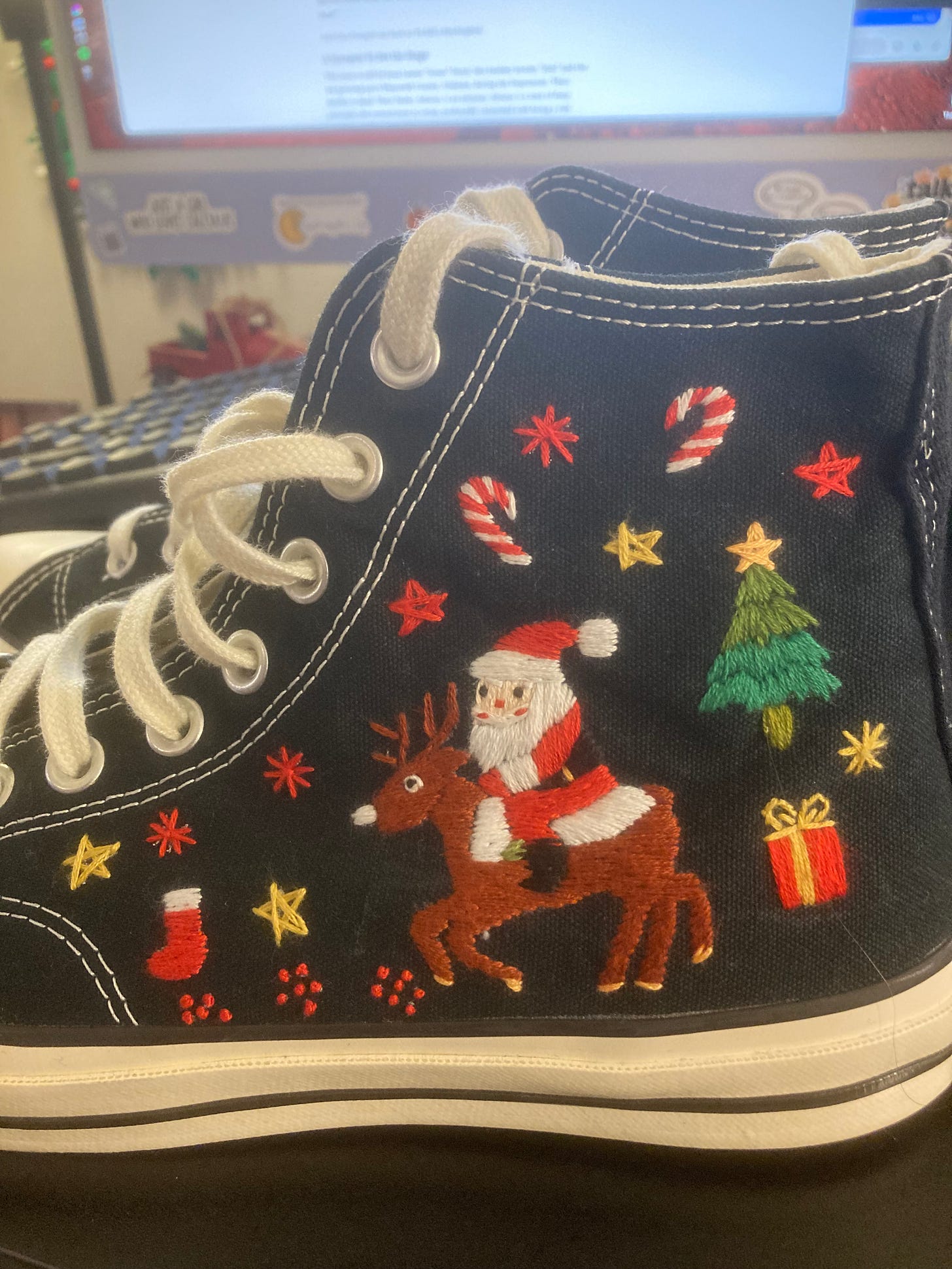
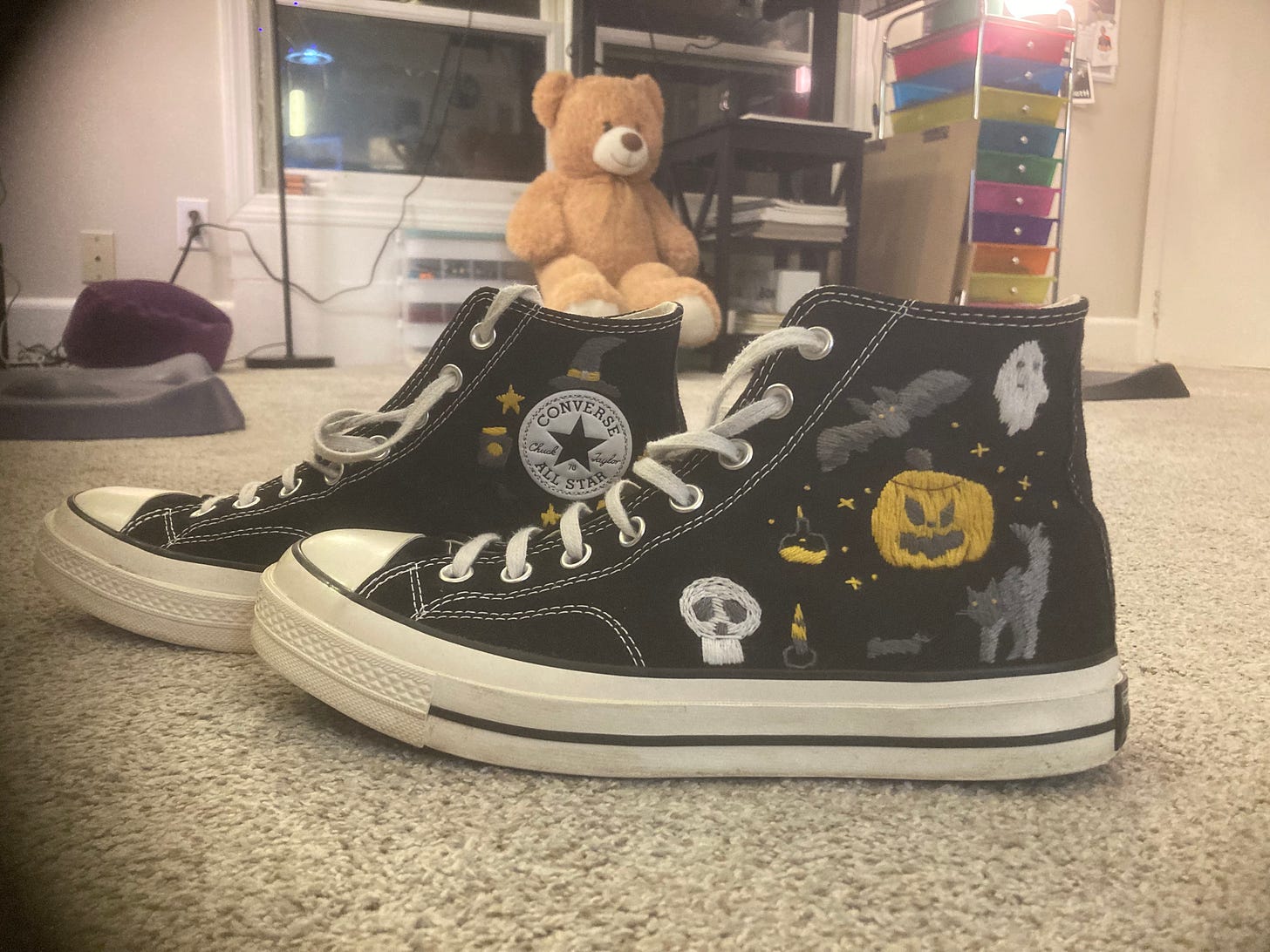
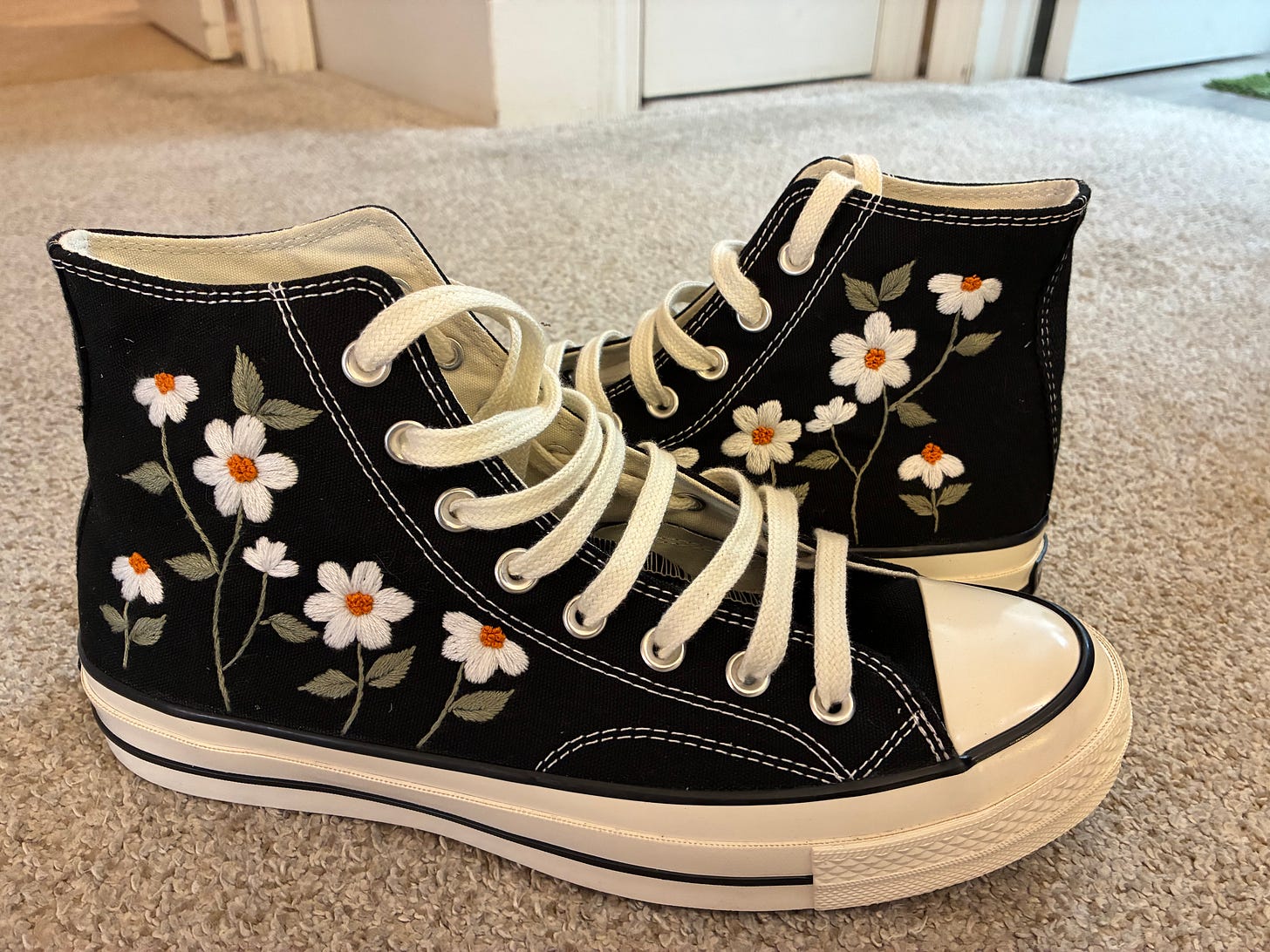
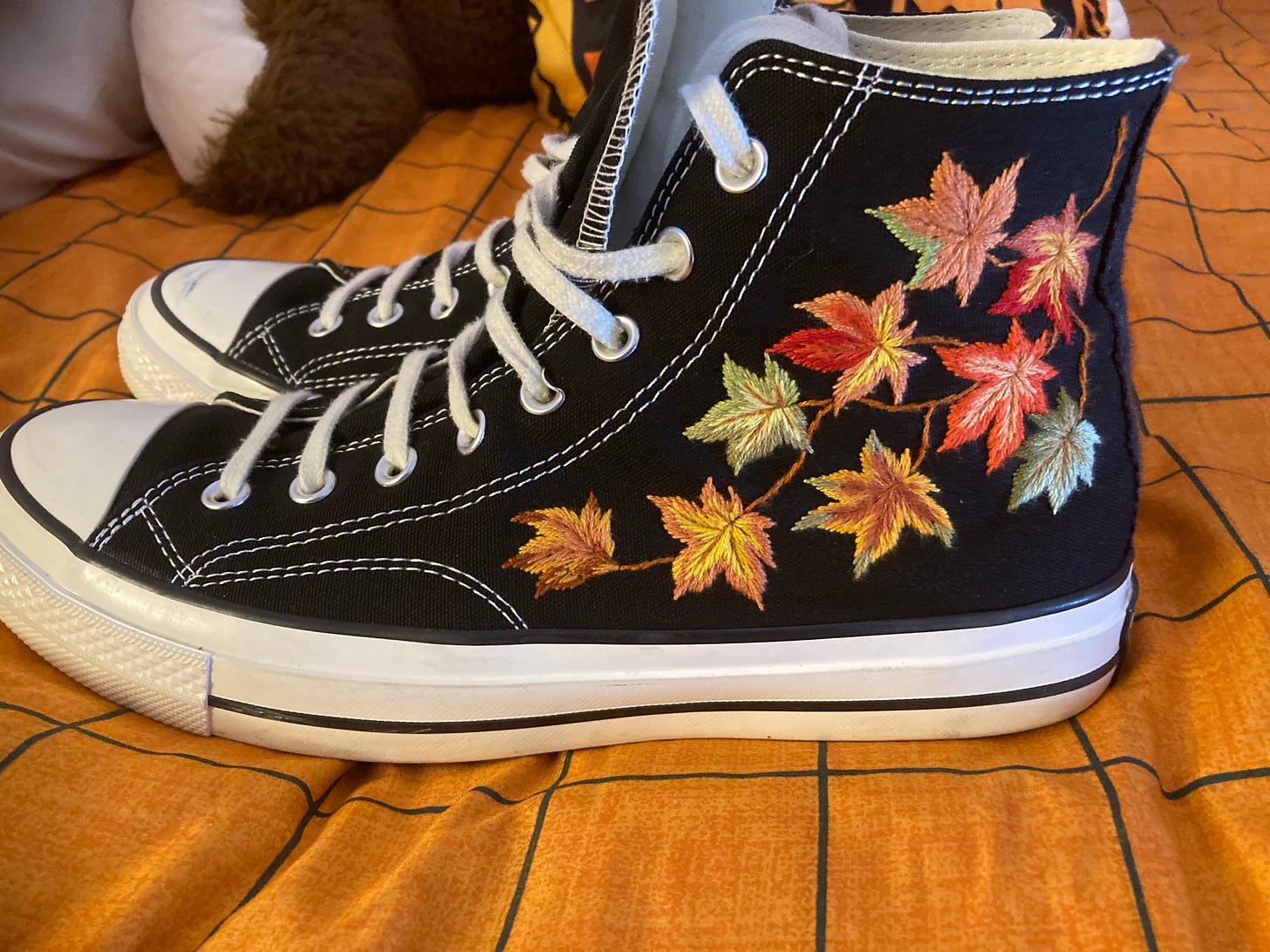
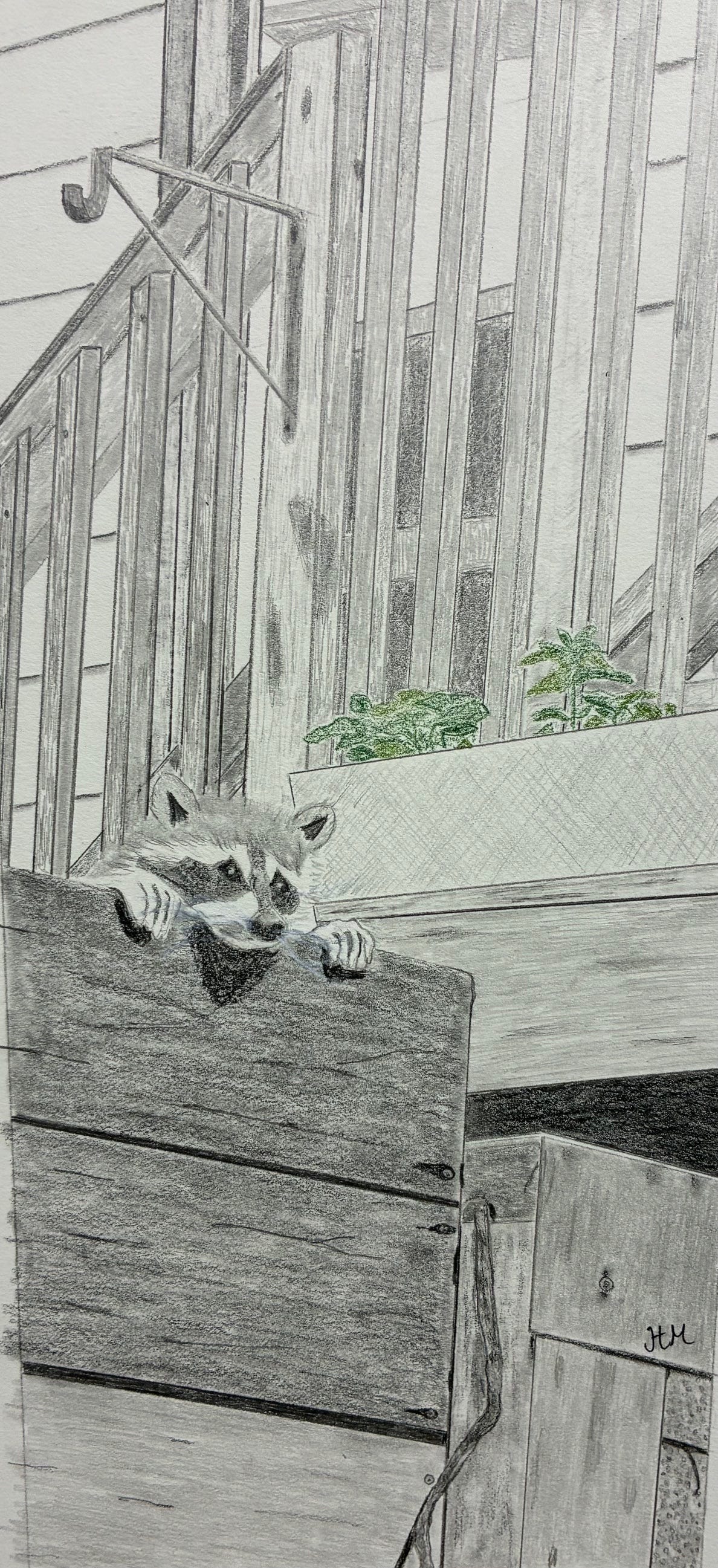
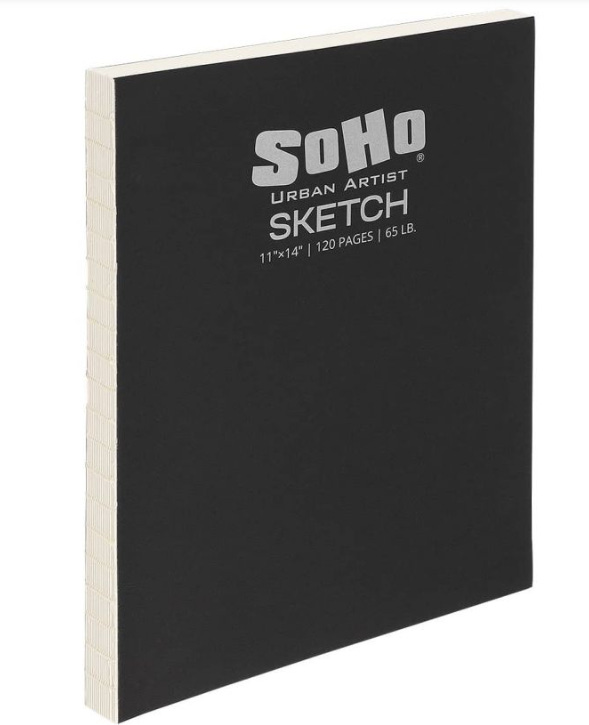
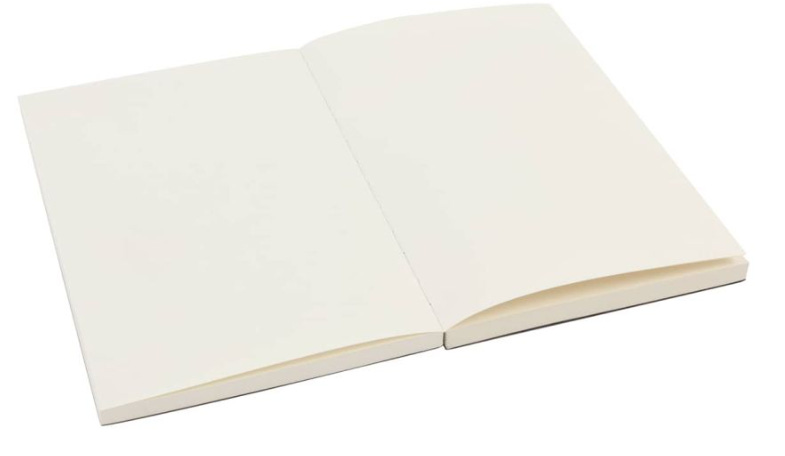
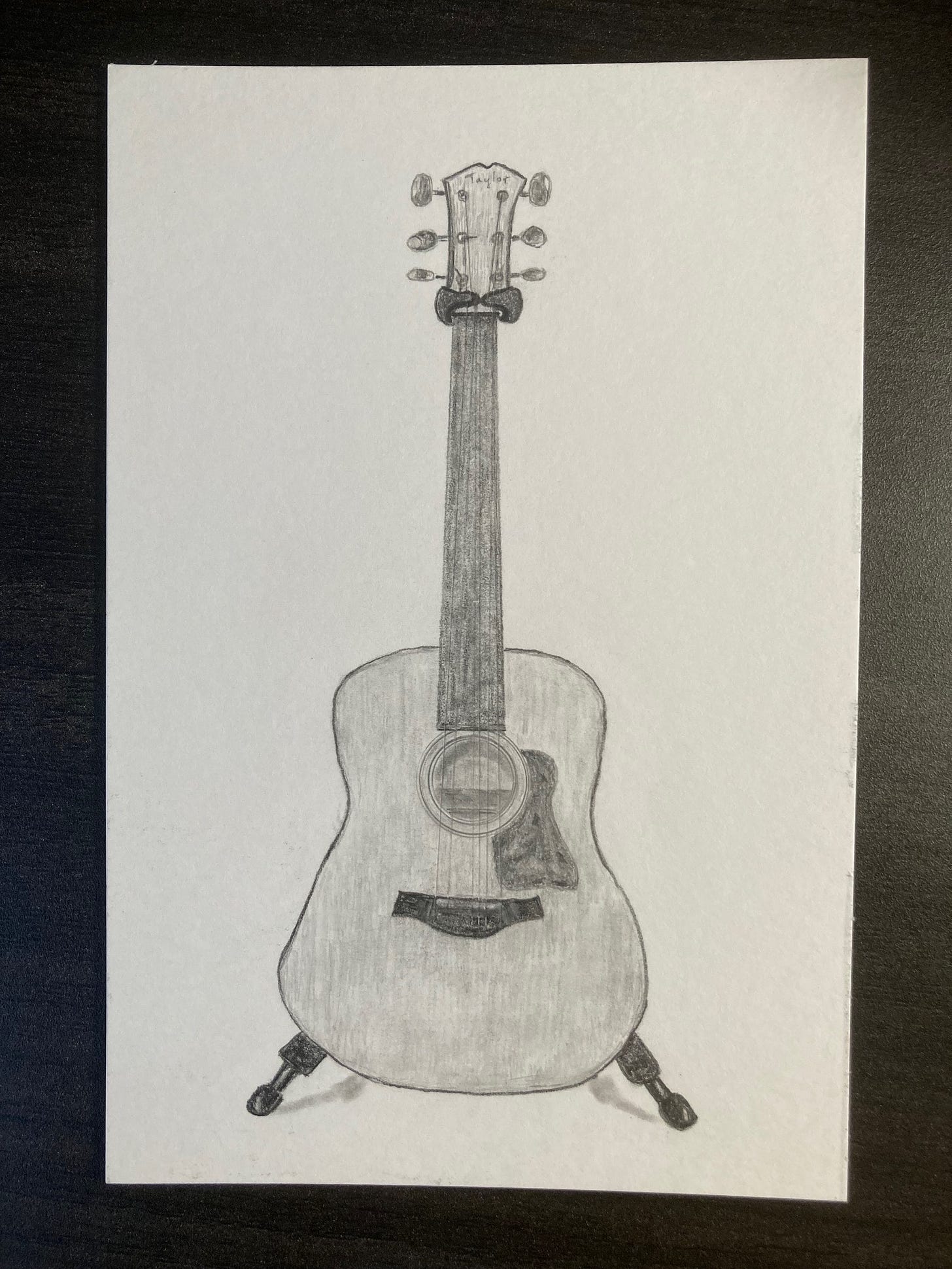
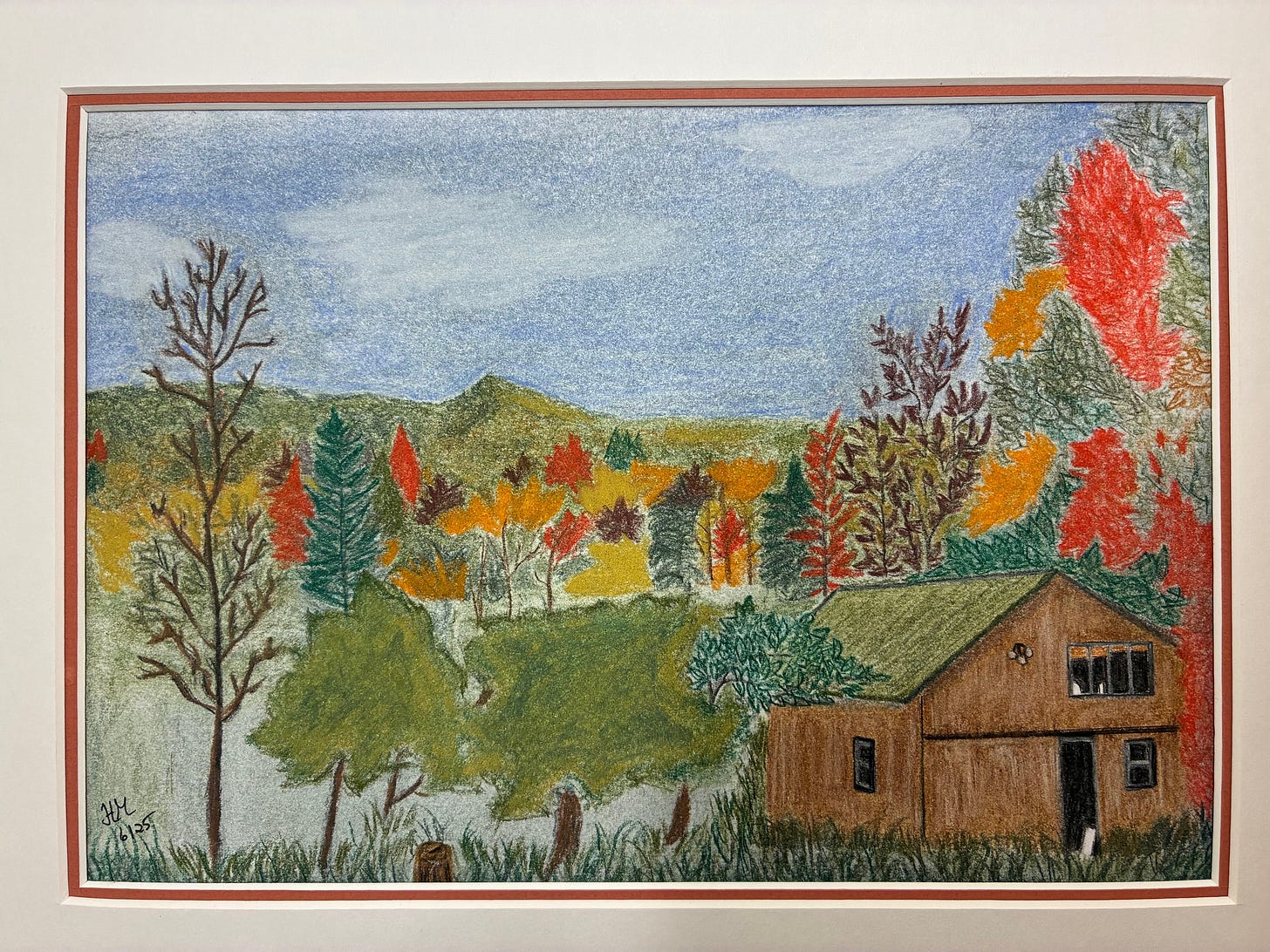
Here’s a parasocial hug for you, Holly…
(hug)
For me, in addition to the news/social media fasting & serving others, what helps is:
* vitamin D - here in the UK we get naff all sunlight, and this has been the game-changer for getting through the winter season unscathed
* getting out into nature - woods/mountains
Glad you made it through.